‘YotaTech’ Review: Over the Mountains in the 2020 4Runner Nightshade Edition
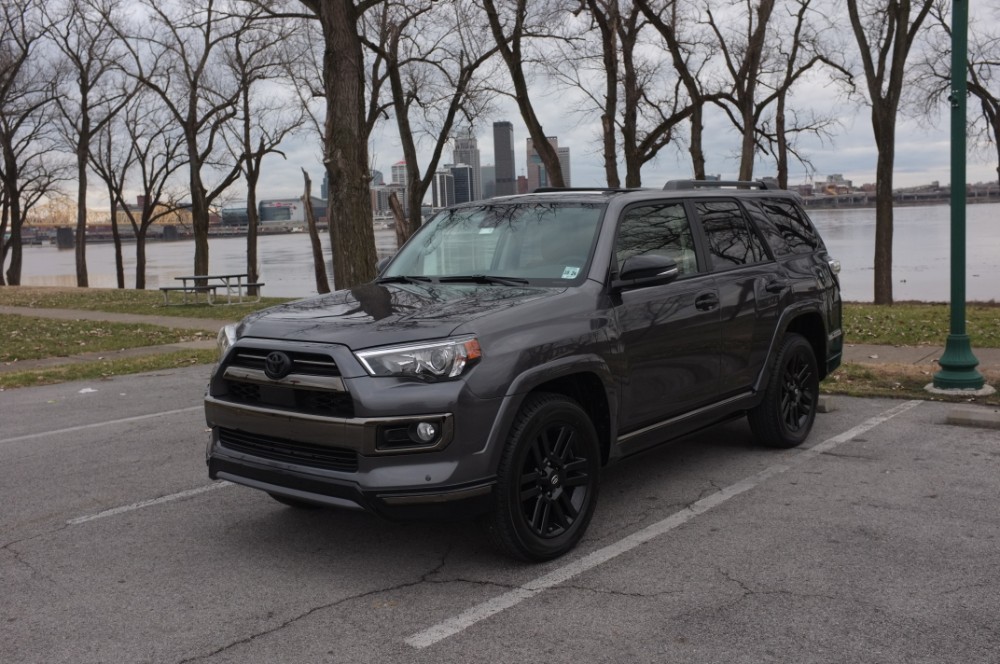
Special edition 4Runner feels at home on the gritty city streets, can handle itself anywhere it goes.
Back in 2009, Toyota introduced the fifth (and current) generation of its rough-and-tumble mid-size SUV, the 4Runner, at the State Fair of Texas. The Toyota 4Runner received an updated version of its 4.0-liter 1GR-FE V6, which now had Toyota’s own Dual VVT-i system to replace the original VVT-i setup, plus a five-speed automatic to go with the V6.
For the 2019 model year, Toyota inducted the 4Runner into its Nightshade Edition clan, which included the Camry, and the Highlander. The 4Runner Nightshade Edition returns for 2020, and I was able to take one out for a trip through the Appalachian Mountains to my old Old Kentucky home of Louisville for the holidays; a perfect way to truly test drive the 4Runner in action.
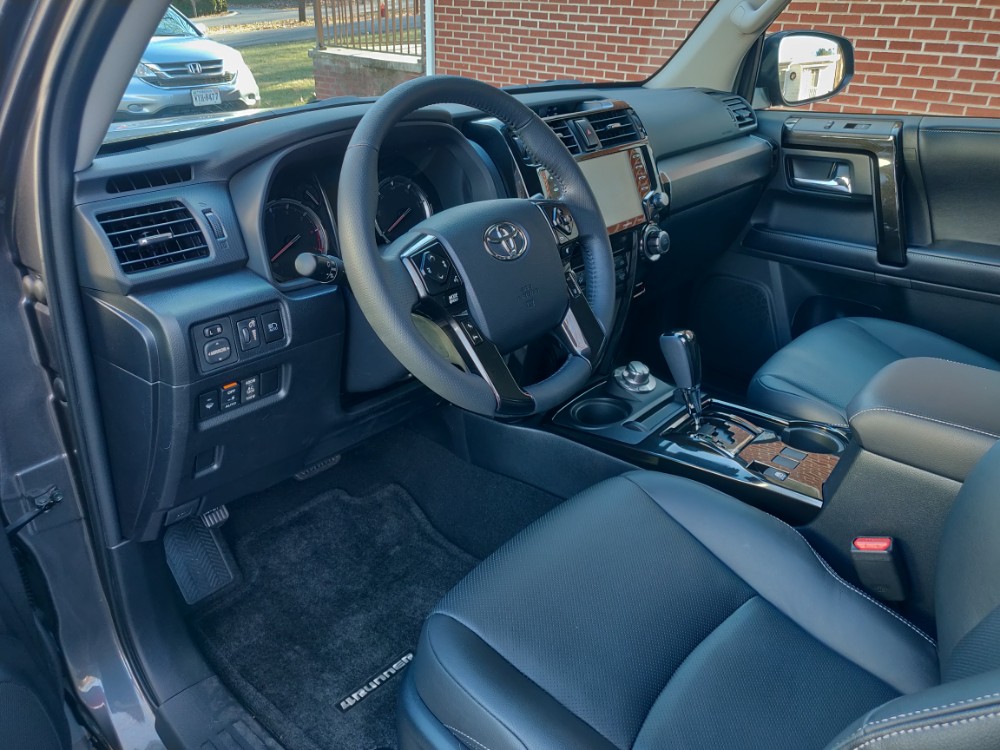
None More Black
The 4Runner Nightshade Edition stands out from the rest of the family largely on its appearance. The body can be had in either Blizzard Pearl, Midnight Black Metallic, or, as on my rig, Magnetic Gray Metallic. The exterior and interior trim pieces are blacked-out, and the Yokohama Overlanders are wrapped around glossy black 20-inch wheels. Finally, the interior leather is in graphite, tying everything together.
The More Things Change…
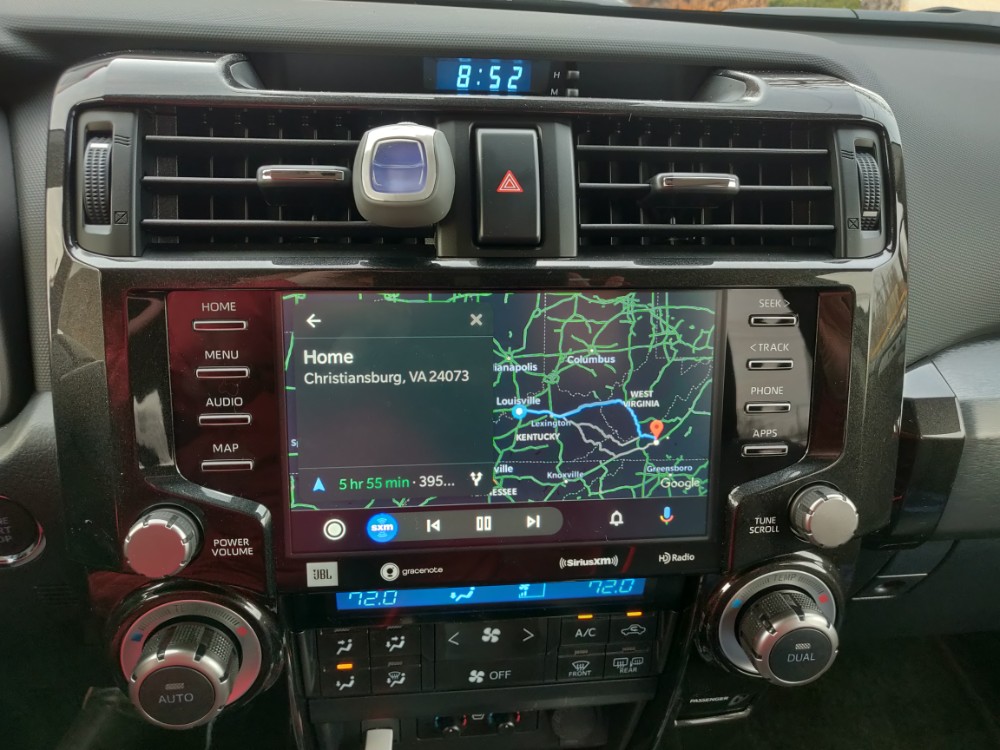
The 4Runner Nightshade Edition received a welcome addition to its Entune infotainment system for the 2020 model year: Android Auto. Toyota began introducing Google’s nav-and-info system to a handful of its models starting in the 2019 model year, after years of focusing only on Apple’s CarPlay.
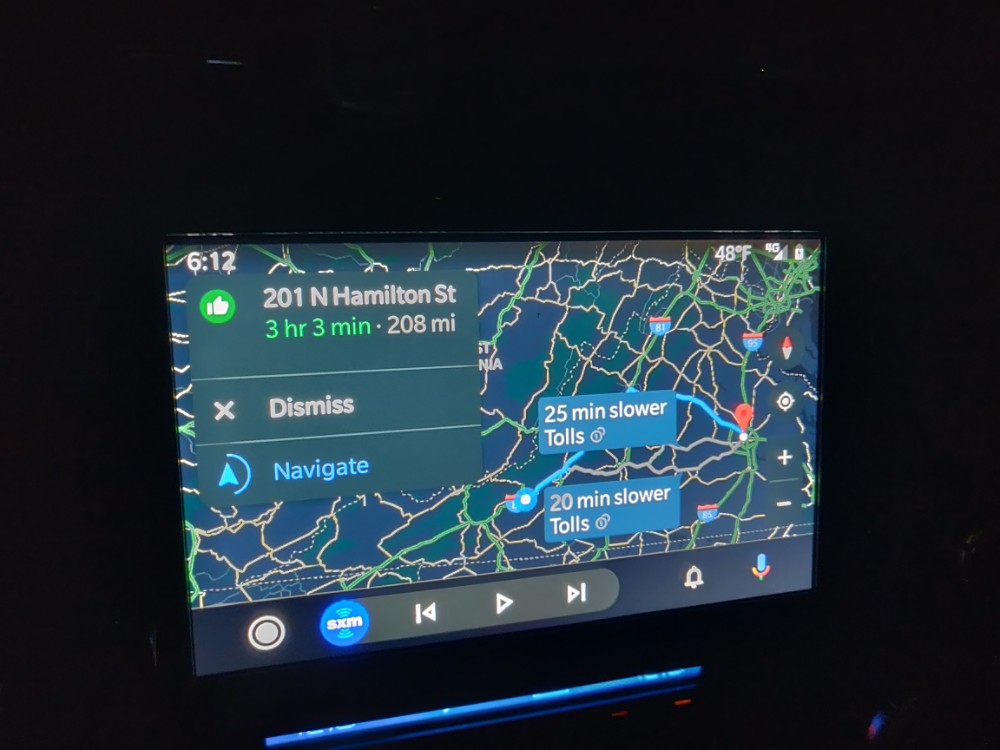
Enabling Android Auto wasn’t as easy as plugging in my phone into the USB port, though. I had to dig through the Entune menu to finally turn on my preferred method of navigation. Meanwhile, CarPlay was already turned on; whether it’s on by default or not, I cannot say for certain. I also couldn’t force Android Auto to switch from dark mode to light mode; a blacked-out interface is only good at night, after all.
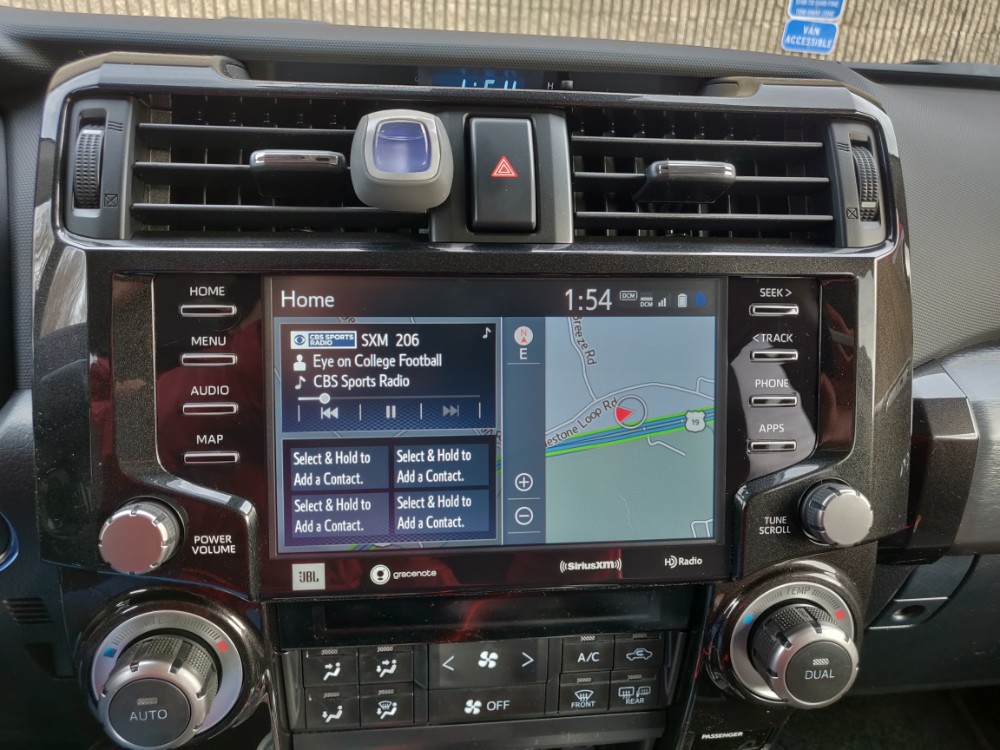
That said, the stock system was a godsend on my way into Louisville. Normally, I take the West Virginia Turnpike into the place where I was born. This time, though, I wanted to take the long(er) way there; sticking to U.S. 460 all the way into Kentucky’s capital, Frankfort. However, I muted Android Auto along the way, missing a turn which would have kept me on 460.
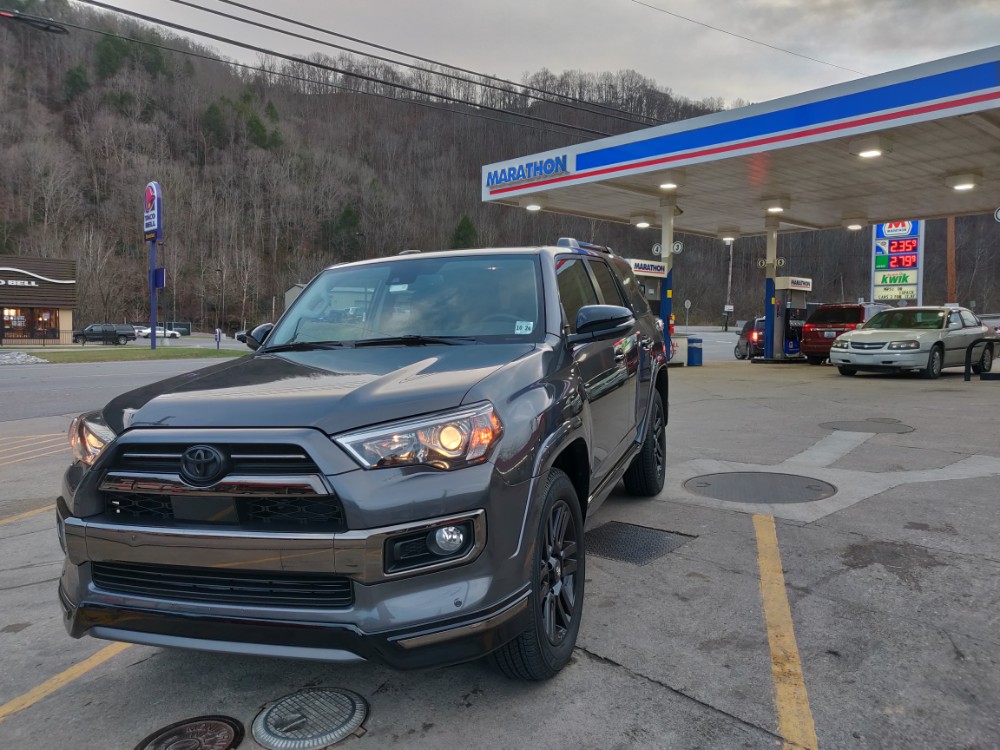
Even though I did make it into Kentucky eventually, I tried to keep going on country roads under the cover of darkness, where cell signals were few and far between. I had to tap out and allow Entune to carry me onto the nearest highway, which would take me to I-64 West into Louisville. It would be the only time I used the OEM unit, but I was very glad it was there to take up where my service provider failed.
